-
 £35.00
£35.00Fairy Garden, The - Maurice Ravel arr. Phillip Littlemore
Estimated dispatch 5-7 working days
-
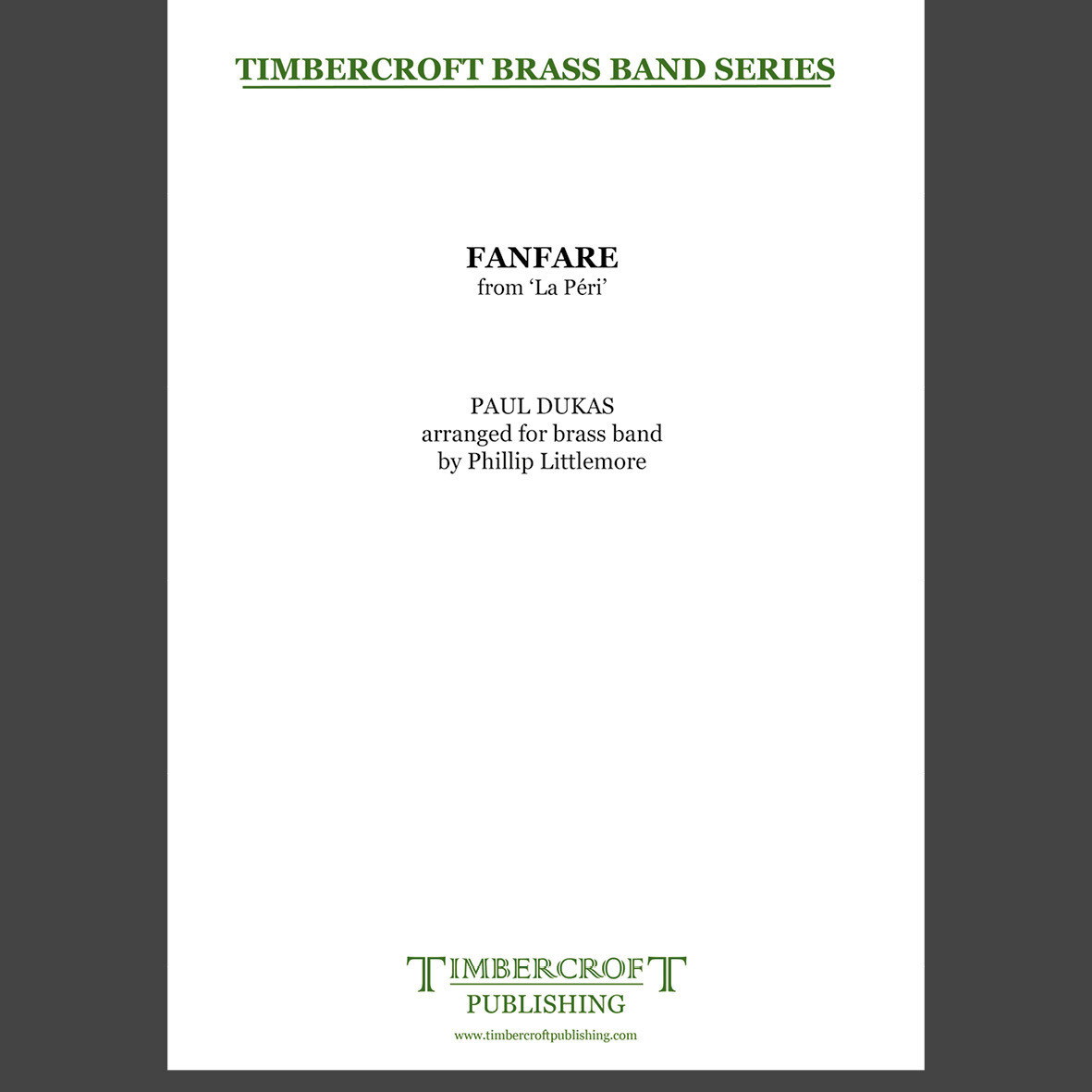 £30.00
£30.00Fanfare from La PA(c)ri - Paul Dukas arr. Phillip Littlemore
Estimated dispatch 5-7 working days
-
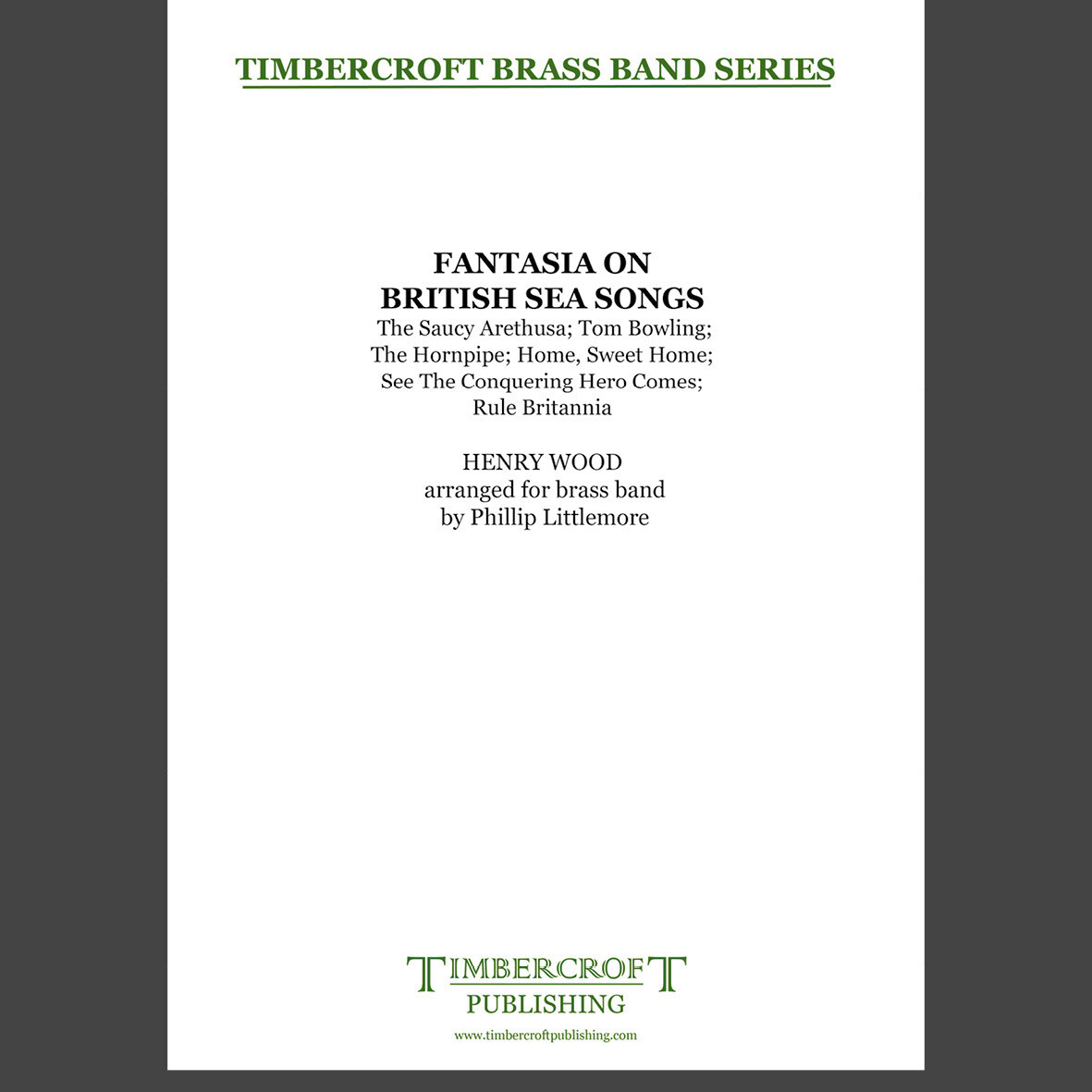 £45.00
£45.00Fantasia on British Sea Songs - Henry Wood arr. Phillip Littlemore
Estimated dispatch 5-7 working days
-
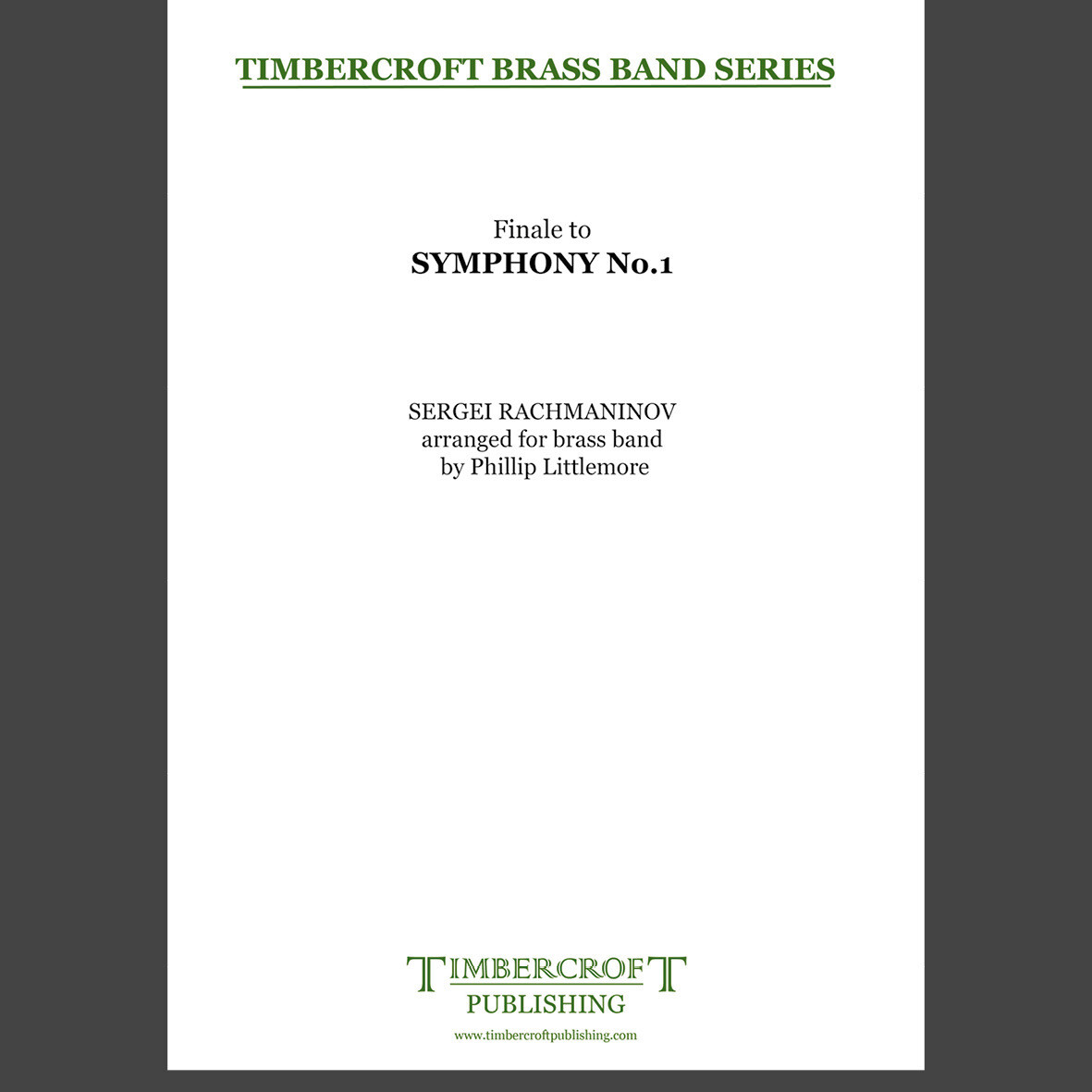 £45.00
£45.00Finale from Symphony No. 1 - Sergei Rachmaninov arr. Phillip Littlemore
Estimated dispatch 5-7 working days
-
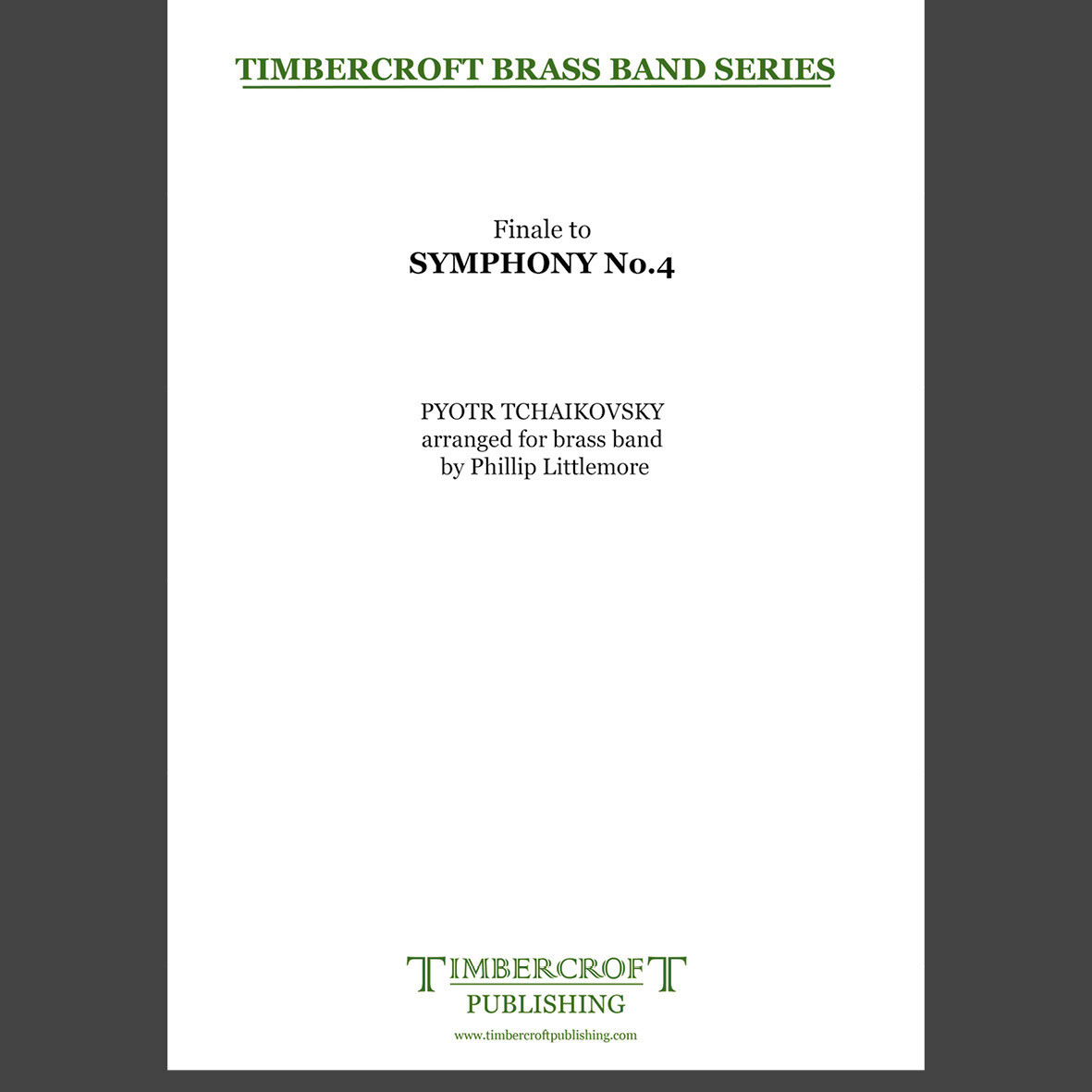 £45.00
£45.00Finale from Symphony No. 4 - Pyotr Tchaikovsky arr. Phillip Littlemore
Estimated dispatch 5-7 working days
-
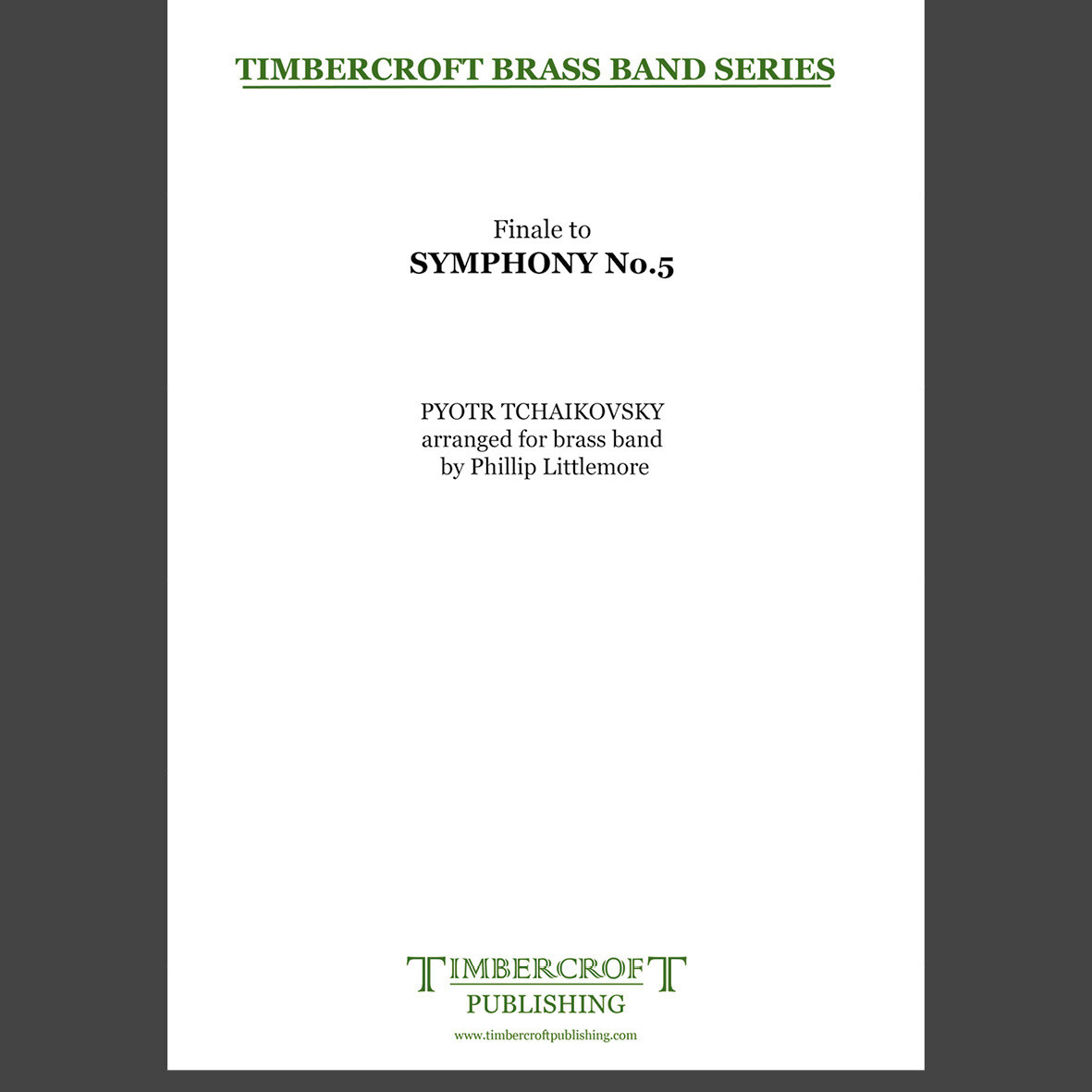 £45.00
£45.00Finale from Symphony No. 5 - Pyotr Tchaikovsky arr. Phillip Littlemore
Estimated dispatch 5-7 working days
-
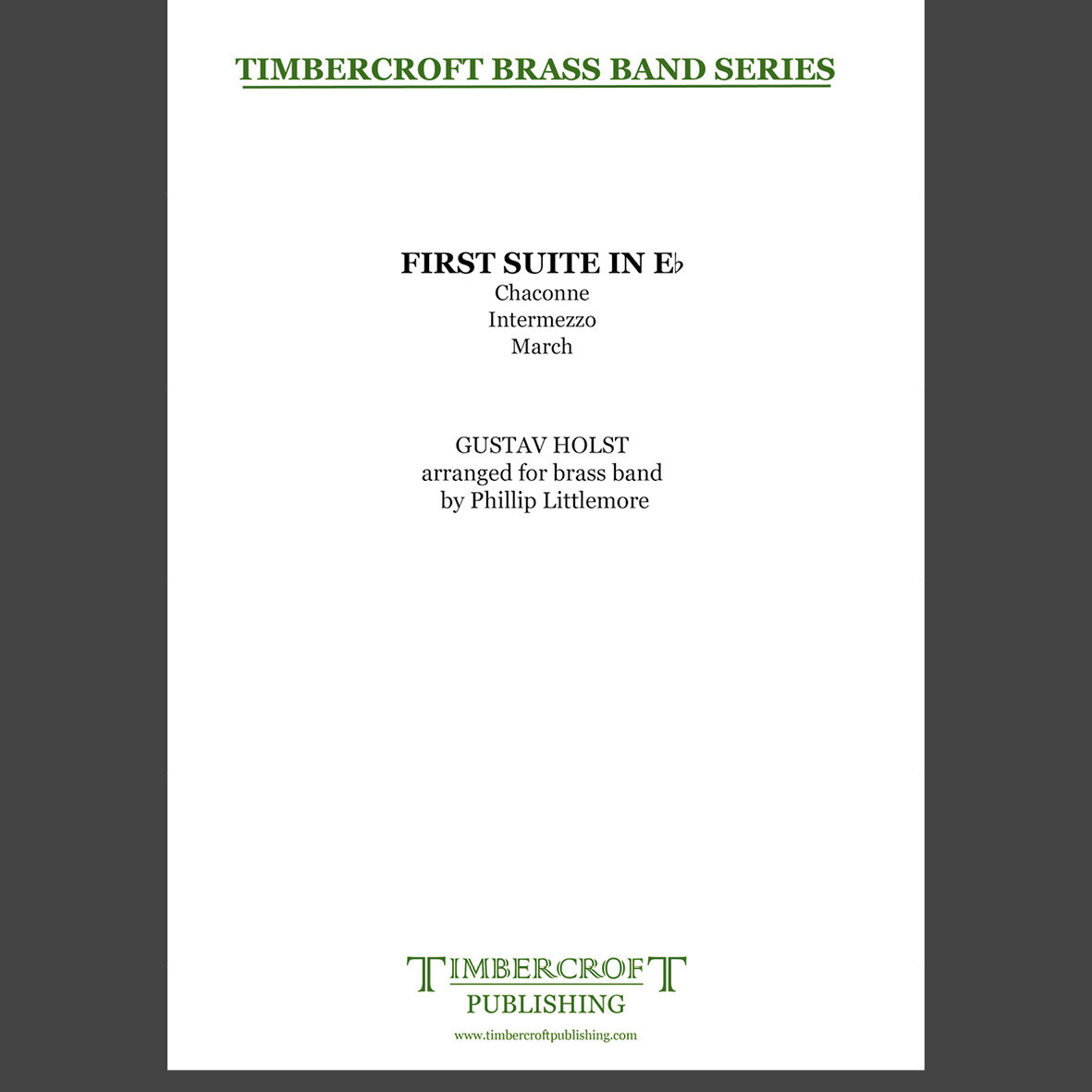 £55.00
£55.00First Suite in E flat - Gustav Holst arr. Phillip Littlemore
Estimated dispatch 5-7 working days
-
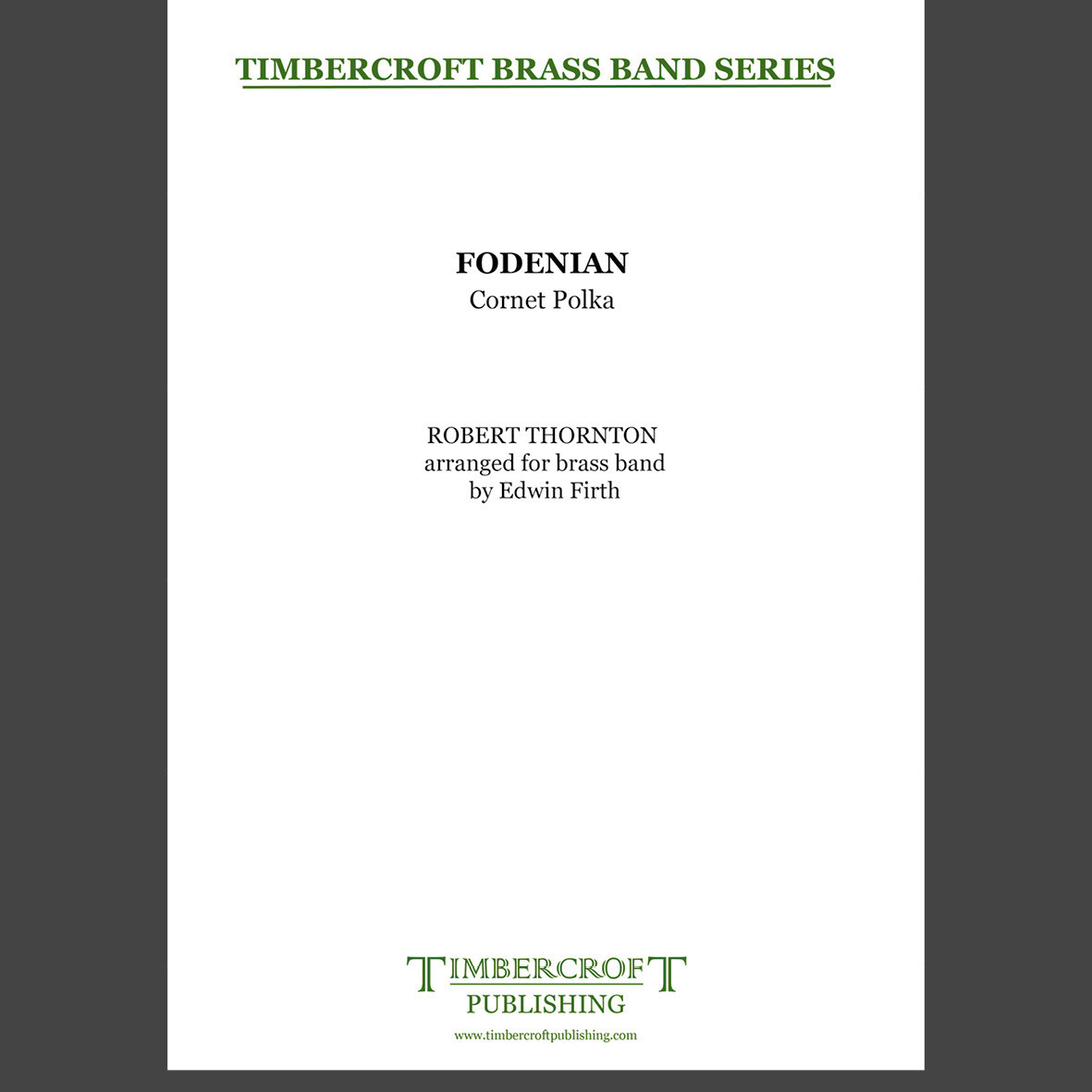 £35.00
£35.00Fodenian - Robert Thornton arr. Edwin Firth
Estimated dispatch 5-7 working days
-
 £40.00
£40.00Fugal Overture - Gustav Holst arr. Phillip Littlemore
Estimated dispatch 5-7 working days
-
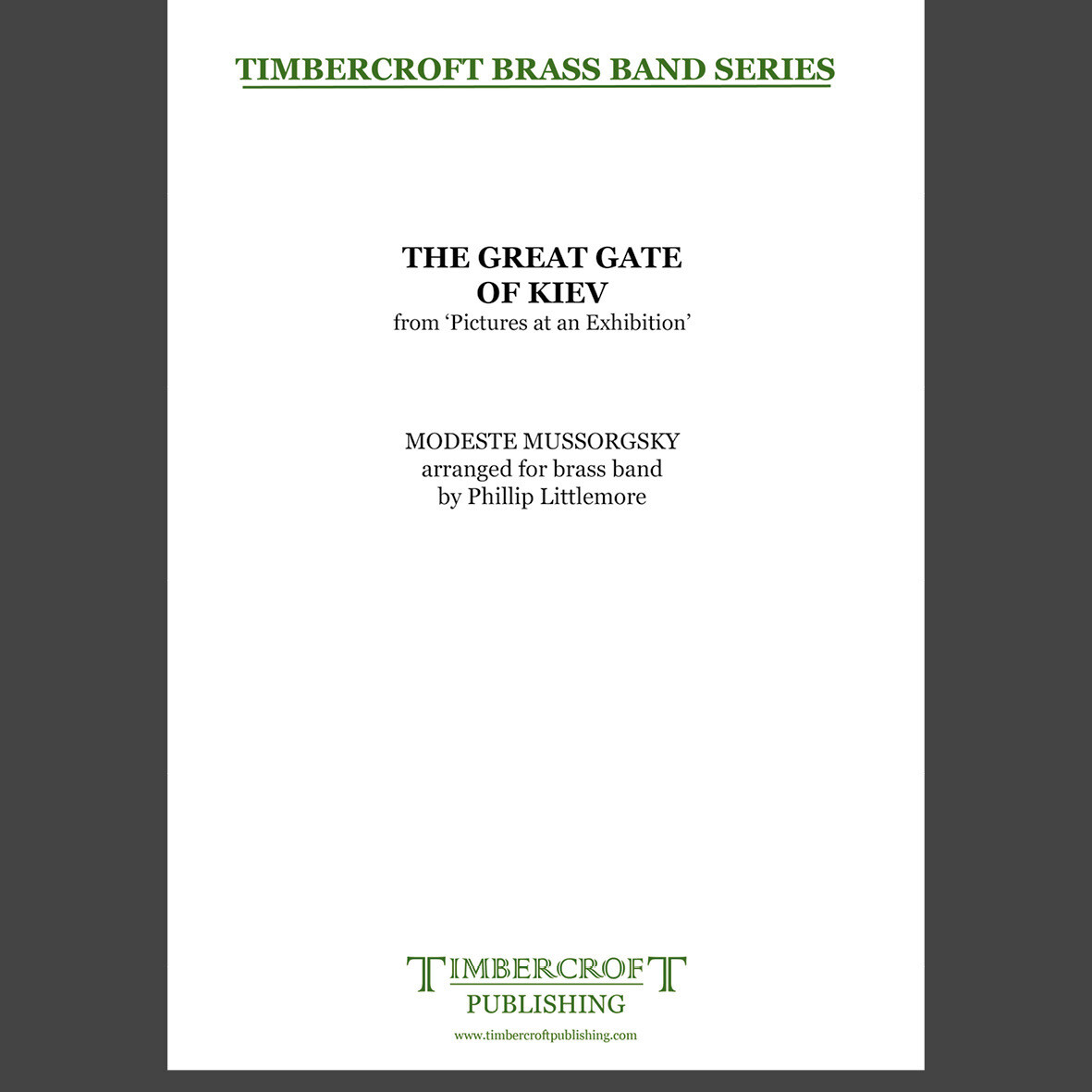 £40.00
£40.00Great Gate of Kiev, The - Modeste Mussorgsky arr. Phillip Littlemore
Estimated dispatch 5-7 working days
Searching for Wind Band Music? Visit the Wind Band Music Shop

Sign-up to our mailing list for the latest Brass Band music releases & special offers.
Tel: (07852) 519 763 | International: +44 785 251 9763 | Email: [email protected]
Use the search box below to search for music for
Brass Band | Brass Ensemble | Junior Band | Flexi Band | Solos with Piano | Practice & Solo Books
Brass Band | Brass Ensemble | Junior Band | Flexi Band | Solos with Piano | Practice & Solo Books